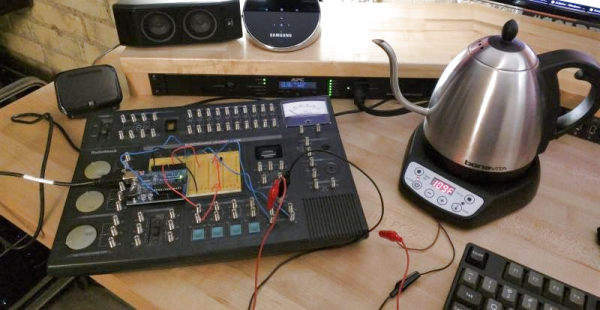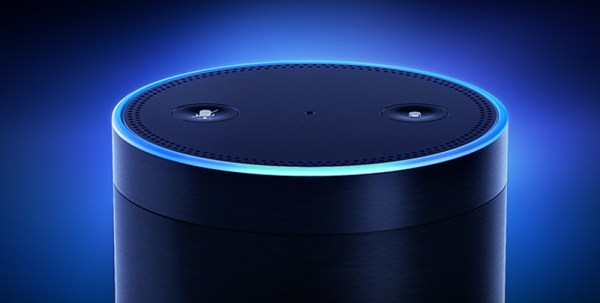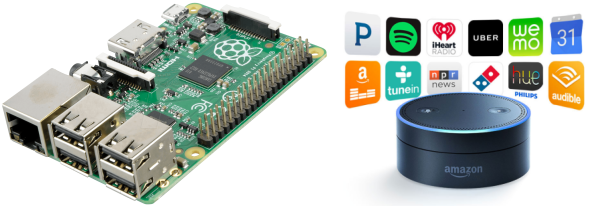Back in May, Amazon announced the Echo Show, its new version of Alexa with a 7 inch touchscreen. The Echo Show is an interesting device, but will the great unwashed masses pony up $229 to buy the show? That’s $50 more than the original Echo, or $180 more than the Echo Dot. With 5.2 million units sold in 2016, Echo has been a resounding success. This has been in part due to Amazon’s open approach to the API. Anyone can build an Alexa compatible device using a Raspberry Pi. Google has (finally) followed suit with their Home device.
It’s not just the hardware that is accessible. Skills Kit, the programmer interface for extending Echo’s functionality, is also open. At CES this year, Alexa was the belle of the ball. Third party devices are being introduced from all corners, all of them connecting to Amazon’s cloud and responding to the “Alexa” keyword.
The Echo Show takes the family in a new direction. Adding a touch screen gives the user a window on the the world not available with voice interactions. Echo Show also includes a camera, which opens up a whole new set of privacy and security questions. Amazon touts it as a device for viewing security cameras, watching YouTube videos, and making video calls. This puts Echo Show dangerously close to the internet appliance category, essentially a barren wasteland littered with the corpses of previous devices. Does anyone remember when Palm tried this with the 3Com Ergo Audrey? How about the i-Opener? Will Alexa persevere and succeed where others have failed? A lot of it will depend on the third party developers, and how Amazon treats them.

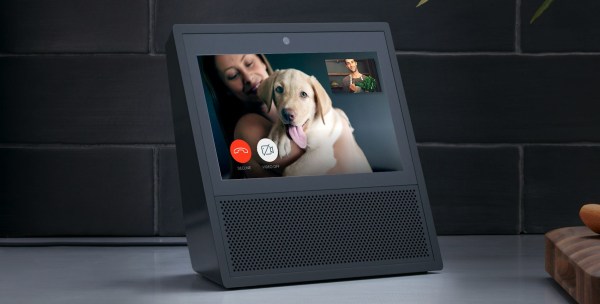
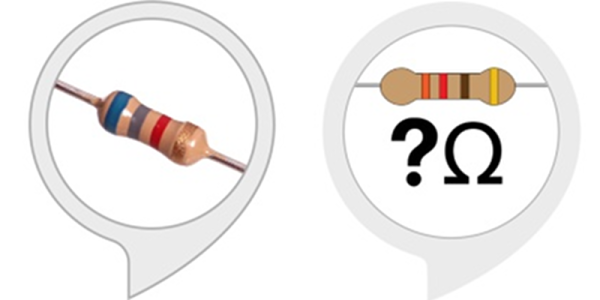
 Today’s devices utilize two rather rudimentary parts to provide an interaction with users. The first is how the devices pattern match language; it isn’t all that sophisticated. The other is the trivial nature of many of the apps, or — as Alexa calls them — skills. There are some good ones to be sure, but for every one useful application of the technology, there’s a dozen that are just text-to-speech of an RSS feed. Looking through the skills available we were amused at how many different offerings convert resistor color codes back and forth to values.
Today’s devices utilize two rather rudimentary parts to provide an interaction with users. The first is how the devices pattern match language; it isn’t all that sophisticated. The other is the trivial nature of many of the apps, or — as Alexa calls them — skills. There are some good ones to be sure, but for every one useful application of the technology, there’s a dozen that are just text-to-speech of an RSS feed. Looking through the skills available we were amused at how many different offerings convert resistor color codes back and forth to values.